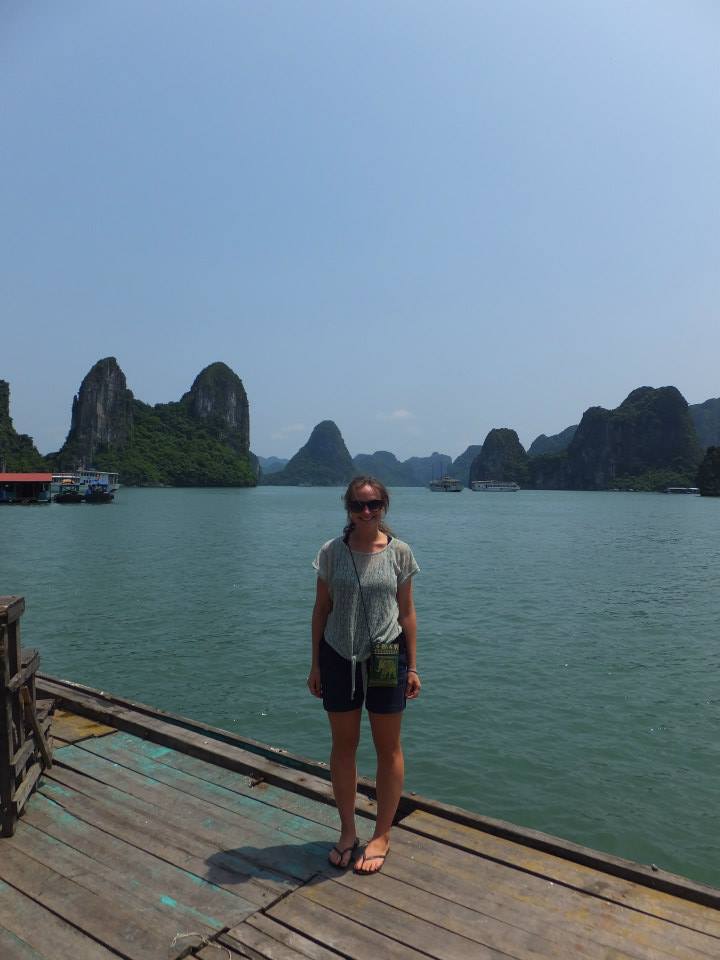The arts & crafts of Mandalay

If there’s anywhere in Burma that deserves to be known for its traditional arts & crafts, it’s Mandalay. The last royal capital of Burma, Mandalay only served as the seat of Burmese kings from 1859 until 1885 – but the region was at the heart of Burmese culture and politics for at least 500 years prior to that. Though the balance of power shifted to colonial Rangoon (Yangon) in the late 19th century, Mandalay remains one of the most important cities in Burma to this day, and maintains a rich tradition of arts and crafts as a legacy of its illustrious past.
If you are planning to head to Mandalay, we highly recommend spending a morning or an afternoon exploring some of the city’s surviving arts and crafts – most of which are carried out using the same techniques and tools that have been employed for generations.
Jade market
We recommend starting your tour at the city’s jade market – which works rather differently to most markets you will have visited before in that it is the buyers who sit down and the vendors who wander about looking for a sale. More interesting than the hustle and bustle of the merchants, in our opinion, is watching the jade being cut and polished just outside the eastern edge of the market.

Mandalay jade market
Gold leaf
As you’ll probably know if you’ve been paying attention to our blog, the Burmese love a bit of gold. Everything that can be gold, is gold – and adding gold leaf to statues or religious objects is a form of sacred offering. Just take the Mahamuni Buddha, for example. Worshippers have added so much gold leaf to this statue that it is now known as the “lumpy buddha”.
Where does all this gold leaf come from? Much of it from the workshops of Mandalay, where workmen laboriously beat out squares of the stuff with sledgehammers. The process takes hours, and the resulting leaf can be as little as seven millionths of an inch thick!

Mahamuni's lumpy buddha - where much of Mandalay's gold leaf ends up
Stone carving
To the west of Mahamuni Pagoda (home of aforementioned lumpy buddha) is the stone carvers’ district, where you’ll find a collection of workshops specialising in stone statues and souvenirs. Here you can watch as the stone is cut, blasted, chipped and polished into various forms (but mainly buddhas – surprise surprise).
Unlike the gold beaters, Mandalay’s stone carvers have moved away from traditional methods. Instead they opt for time and labour-saving power tools to achieve the desired finish, with the result that they are perpetually surrounded by a cloud of white dust as they work.

Many, many buddhas
Kalaga tapestries
Kalaga is a type of wall tapestry made from velvet, cotton, linen, or silk, heavily embroidered with gold thread, beads, and metal sequins. Though they often follow similar themes (such as Buddhist or Hindu mythology, the zodiac, or scenes from history), each of Burma’s ethnic minorities has their own distinct style of kalaga.
Mandalay is the best place to buy kalaga or to observe them being made. If you plan on purchasing a kalaga, keep in mind that even a high-quality piece is likely to have some imperfections – it will probably not be perfectly square or rectangular, and older pieces may well show imperfections such as fading, unravelling, or missing beads/sequins. This is not necessarily a sign of poor quality workmanship, but rather a natural consequence of ageing that is considered to add to the character of a kalaga.

Intricate kalaga tapestry (Photo: www.liveauctioneers.com)
InsideBurma Tours can incorporate a tour of Mandalay’s arts & crafts workshops as part of a longer itinerary. Take a look at our website to start planning your own trip, or give our experts a call.




